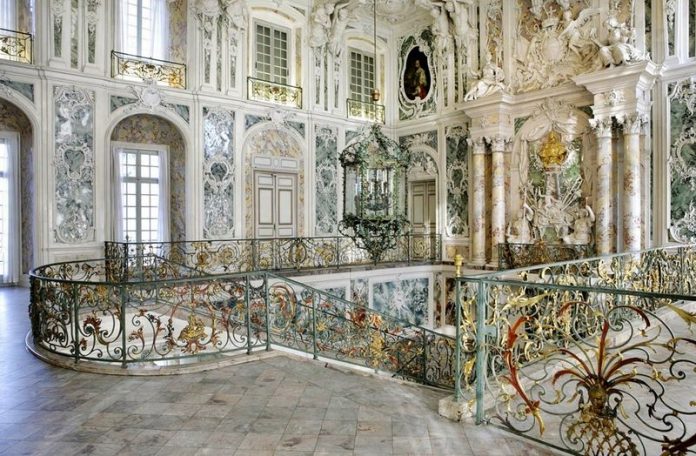In the period from the 1780s to 1812, the peculiarities of the classicism style are clearly revealed, the process of forming new types of buildings is being completed.
The development of industry and trade contributed to the rapid growth of cities, the construction of factories, banks, stock exchanges, warehouses, living rooms, buildings of educational institutions and hospitals, administrative buildings and barracks for troops, the emergence of new types of residential buildings, sometimes combined with commercial premises or apartments for rent.
The most common buildings of this time were suburban and urban estates, the methods of planning and architectural composition of which greatly influenced the formation of other types of buildings. Intensive construction in provincial towns and estates was also caused by the fact that agriculture became the main sphere of activity of the majority of the nobility, who were released from public service, and the nobility had new responsibilities for managing provinces.
Architectural ensembles of Moscow noble estates and St. Petersburg country palaces served as models for the estate construction of the nobility in the province, where at the end of the century, various complexes of the Russian estate were formed.
During this period, construction equipment continues to develop: brick vaults are often erected over large spans, metal is more widely introduced into construction, new structural systems appear.
The rise of Russian architecture is also associated with the publication of a number of architectural works. By the end of the XVIII century, a number of treatises by Western European architectural theorists were published in Russian translation: the book “The New Vignola” according to the French edition, “The Abridged Vitruvius” in Perrault’s revision and “Ten Books on Architecture” by Vitruvius with Perrault’s comments. The treatise of Vitruvius in an abbreviated version was translated by Karzhavin and supplemented by his preface and a dictionary of architectural terms. The complete edition, prepared for printing by Kar-javin together with Bazhenov, was accompanied by their notes. Excerpts from S. Leclerc’s book “On the Five Ranks in Architecture” and the first book of Palladio’s treatise translated by Lvov with an introduction and remarks, which touched on some practical and general issues of Russian architecture, were also published.
At the end of the XVIII century. the attention to architecture in the Russian periodical press increased, and manor construction was mainly covered. There were also notes on general problems of architecture. They made the first attempts to consider the theoretical foundations of the arts, their origin and development; presented information on the history of architecture.
Independent Russian works on architecture were also published — new editions of a textbook on civil architecture, books by I. Lem – “Experience in urban and rural buildings” and “Theoretical and practical proposals on civil Architecture” with an explanation of the rules of Vitruvius, Palladio, Serlio, Vignola, Blondel, etc., V. Grave’s book “Theoretical and Practical instructions of civil architecture”, the work of Chebalevsky “Discourses on Free Arts”, which sets out the issues of aesthetics of classicism of the XVIII century. Russian Russian architects’ works summarizing the domestic and foreign construction experience show that the Russian architectural science of that time has reached a high level. Russian Russian architects embodied the ideas of classicism in their works into a complete artistic system that dominated Russian culture from the second half of the XVIII century to the 30s of the XIX century.
